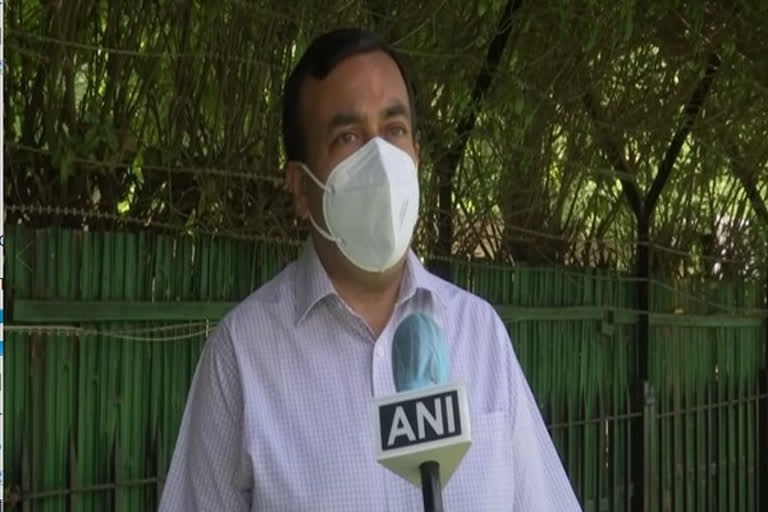New Delhi: It is likely that ethanol distillation capacities in the country would be more than doubled by 2025 and India would be able to achieve a 20 per cent blending target, said Sudhanshu Pandey, Secretary of the Department of Food and Public Distribution (DFPD).
"As a result of various measures taken to address demand and supply-side issues, it is likely that ethanol distillation capacities in the country would be more than doubled by 2025 and we would be able to achieve a 20 per cent blending target," Pandey told reporters here.
According to a release by the Ministry of Consumer Affairs, Food & Public Distribution, Pandey said that ethanol-blending-with-petrol">ethanol blending with petrol (EBP) will bring a positive impact on the country's economy.
"It would promote ethanol as a fuel which is indigenous, non-polluting and virtually inexhaustible and would improve the environment and the eco-system as use of E20 fuel reduces carbon monoxide emission by 30-50 per cent and hydrocarbon by 20 per cent."
To achieve blending targets, the ministry said that the government is encouraging sugar mills and distilleries to enhance their distillation capacities for which Government is facilitating them to avail loans from banks for which interest subvention up to 6 per cent is being borne by the government.
"The production of fuel-grade ethanol and its supply to oil marketing companies (OMCs) has increased by five times from 2013-14 to 2018-19. In ESY 2018-19, we touched a historically high figure of about 189 crore litres thereby achieving 5 per cent blending. It is expected that in the current ethanol supply year 2020-21, more than 300 crore litres of ethanol is likely to be supplied to OMCs to achieve 8 to 8.5 per cent blending levels. It is also likely that we would be achieving a 10 per cent blending target by 2022," said Pandey.
He further informed that due to the upcoming investment of about Rs 41,000 crore in capacity addition / new distilleries, various new employment opportunities will be created in rural areas and strengthen the agricultural economy.
Pandey said, "This would save foreign exchange of more than Rs 30,000 crore on account of crude oil import bill and would reduce dependence on imported fossil fuel thereby would help in achieving the goal of Atmanirbhar Bharat in the petroleum sector."
He also said that in the next sugar season 2021-22, about 35 LMT of sugar is estimated to be diverted and by 2025 about 60 LMT of sugar is targeted to be diverted to ethanol, which would solve the problem of excess sugarcane/ sugar and would also help sugar mills in clearing cane price dues of farmers. "In the past 3 sugar seasons about Rs 22,000 crore revenue was generated by sugar mills/ distilleries from the sale of ethanol to OMCs."
"About 5 crore sugarcane farmers and their families and 5 lakh workers associated with sugar mills and other ancillary activities would be benefitted from this intervention. Sugarcane farmers will get timely payment of sugarcane dues as the realization from the sale of ethanol is much faster than the sale of sugar."
Read:Ethanol among India's major priorities of 21st century: PM
The DFPD Secretary, DFPD further informed that till the year 2014, ethanol distillation capacity of molasses-based distilleries was less than 200 crore litres.
"The supply of ethanol to OMCs was only 38 crore litres with blending levels of only 1.53 per cent in ethanol supply year (ESY) 2013-14. However, in the past 6 years due to the policy changes made by the Government, the capacity of molasses-based distilleries have been doubled and are currently at 445 crore litres. The capacity of grain-based distilleries is presently about 258 crore litres," read the release.
